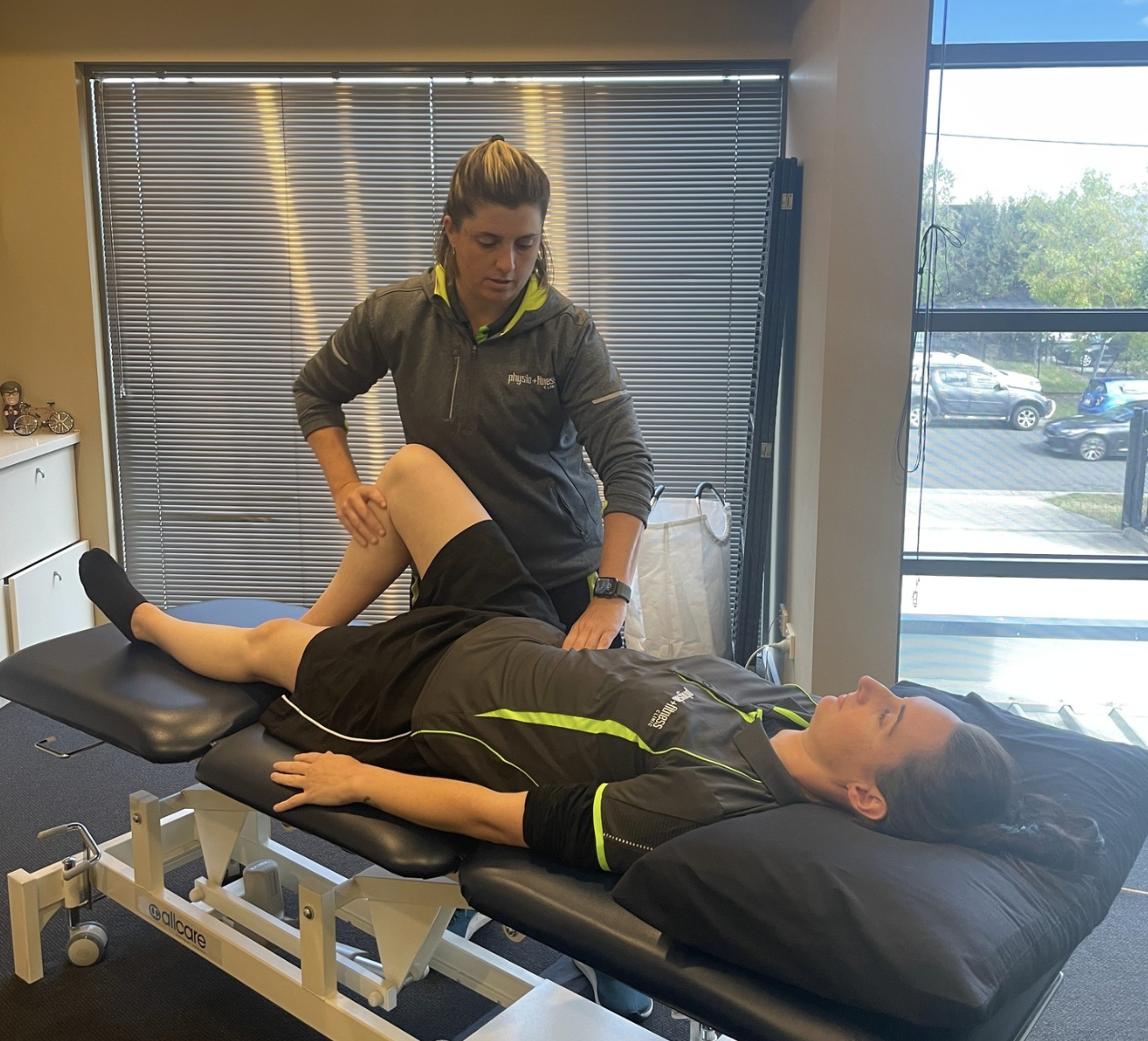Techniques to Release Hip Flexors
A hip flexor injury involves damage to the group of muscles responsible for flexing the hip joint. We show you how to release your hipflexors.
HIP FLEXOR INJURY
A hip flexor injury involves damage to the group of muscles responsible for flexing the hip joint.
Hip flexors are important for activities like walking, running, and bending.
Injuries are often caused by;
- Sudden movements
- Overuse
- Inadequate warm-ups
It can lead to pain, stiffness, and reduced range of motion in the hip.
Mild cases can be treated with rest and gentle stretches, while more severe injuries might require physical therapy or medical intervention.
Proper conditioning, regular stretching, and gradual intensity increase during workouts can help prevent hip flexor injuries and maintain overall hip joint health

Techniques to Release Hip Flexors
WHO COMMONLY GETS HIP FLEXOR INJURIES?
Hip flexor injuries are common in runners and cyclists, especially those involved in rigorous training regimens.
The repetitive motion of running places stress on these muscles which has the potential to result in muscle tightness and injuries.
Another susceptible demographic includes individuals with sedentary occupations or lifestyles, such as office workers enduring prolonged desk-bound hours.
Extended sitting can cause the hip flexors to constrict and shorten, exacerbated when seating or desk arrangements which curve the lower back rather than allowing for good posture.
WHY IS SITTING BAD FOR YOUR HIP FLEXORS?
Prolonged sitting significantly contributes to the tightening of hip flexors. Sitting at a desk for long periods, for example, causes the iliopsoas to contract, resulting in tightening (shortening) of the muscles.
Sitting in a chair with a backrest or with an incorrect posture can cause the weakening of the core muscles. Insufficient core strength can further exacerbate the issue. As these muscles interconnect with and stabilize the spine, they frequently compensate when the core is weak. Consequently, this compensation triggers tightening and discomfort.

HIP FLEXOR TREATMENT TECHNIQUE
When a client experiences pain in their lower back or across the front of their hip, a physiotherapist may suspect that hip flexor tightness might be causing the issue. Specific techniques can be employed to address this.
The technique focuses on the hip flexor muscles and involves gentle palpation and controlled movement to alleviate the discomfort and improve the flexibility of the hip flexor which can minimise discomfort.
Physiotherapists use a targeted technique to help with hip flexor issues. They gently apply pressure to the psoas muscle in the abdomen while slowly bending the client’s leg towards the chest.
This action engages the hip flexor muscles and maintains pressure, they gradually straighten the leg, stretching the hip flexor. This process is repeated a few times. It’s effective and can provide quick relief and improved flexibility for the hip flexor. They can adjust the pressure to ensure it’s as comfortable as possible and with each repetition, the tightness begins to ease a little more.
PSOAS MUSCLE
The psoas muscle is a dense muscle that connects from the lumbar spine (L-3/L4 section) and extends to the front of the hip/femur bone. Located slightly below and to the side of the navel (belly button), it is a fibrous muscle.
ROTATING THE HIP FLEXOR
When helping release the hip flexor muscle, the physiotherapist will flex the client’s knee upwards and softly guide the knee laterally (out to the side), orchestrating a controlled back-and-forth motion to rotate the hip flexor.
Can you loosen tight hip flexors?
Yes, by engaging in appropriate stretches and exercises, you can effectively alleviate tension and tightness in the hip flexors.
Incorporating both dynamic and static stretches, along with exercises that engage the surrounding muscles, promotes enhanced flexibility as well as improved strength and mobility.
If these measures don’t provide relief, consulting a medical professional or physiotherapist is recommended. For individuals with sedentary routines, frequent movement breaks are recommended to prevent tightening in the first place.
For those that go to the gym or train regularly, ensuring a good warm-up routine before workouts is crucial to prevent hip flexor tightness and injury.
What are the symptoms of tight hip flexors?
The interconnected nature of the hip flexors with the spine and surrounding muscle groups means that if they are tight they can cause pain or restricted movement in multiple areas.
Common symptoms of tight hip flexors include discomfort or aching in the lower back which becomes more pronounced when standing, difficulty standing or maintaining an upright position and localized pain in the lower back, hips or thighs,
What is a hip flexor?
The hip flexor, is a complex group of muscles positioned at the front of the hip. They have a crucial role in facilitating the movement of the hip joint and the flexion of the thigh toward the torso and maintaining a standing position.
The muscle group includes the psoas major, iliacus, and the rectus femoris, which also serves as a component of the quadriceps muscle group.
These muscles perform essential functions in everyday movements, demonstrating heightened activity during actions such as walking, running, jumping, and even the simple act of transitioning from laying down to sitting upright.
Here at Physio and Fitness Clinic we can assist you with your Hip Flexor injuries. Make an appointment with a physio today.
